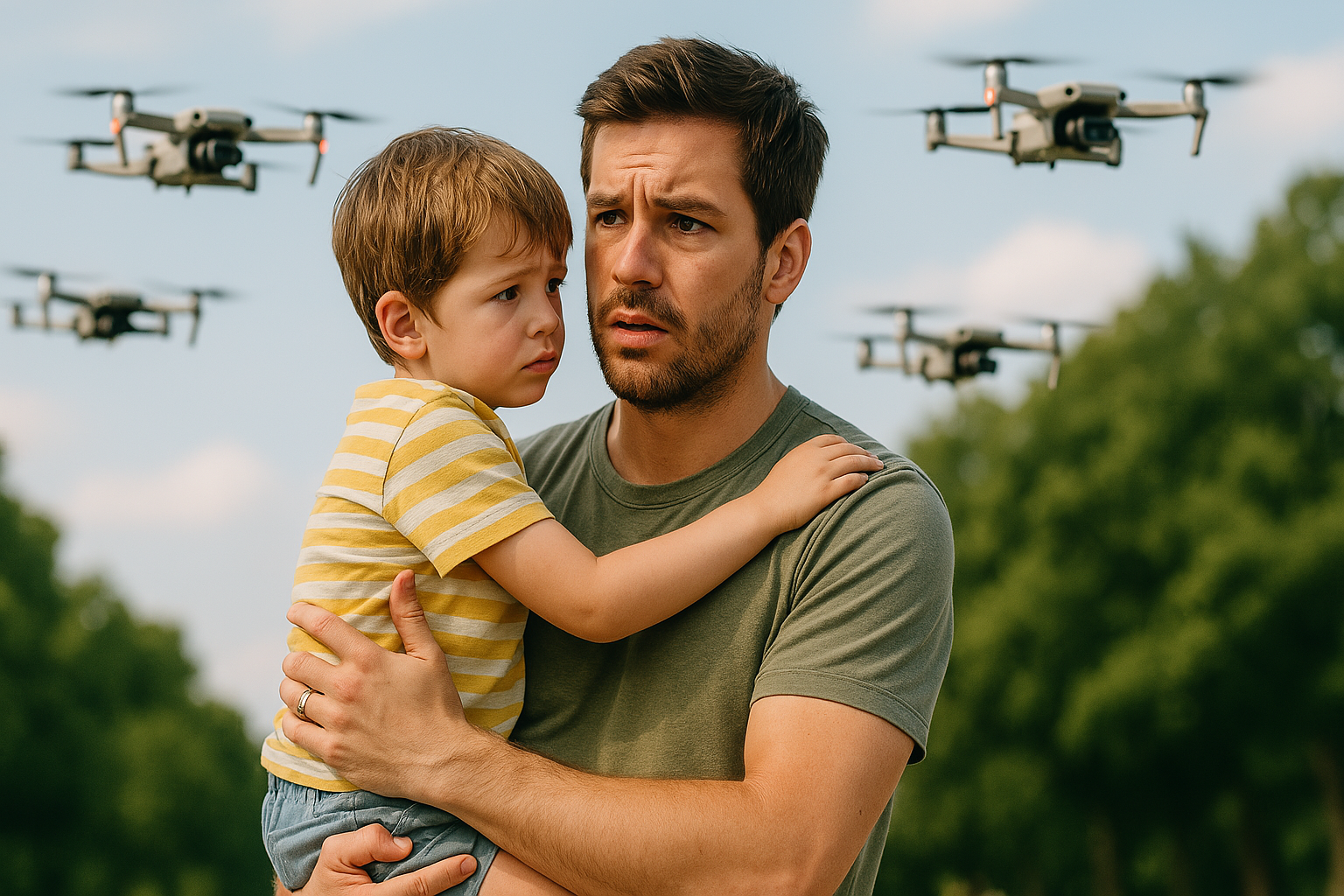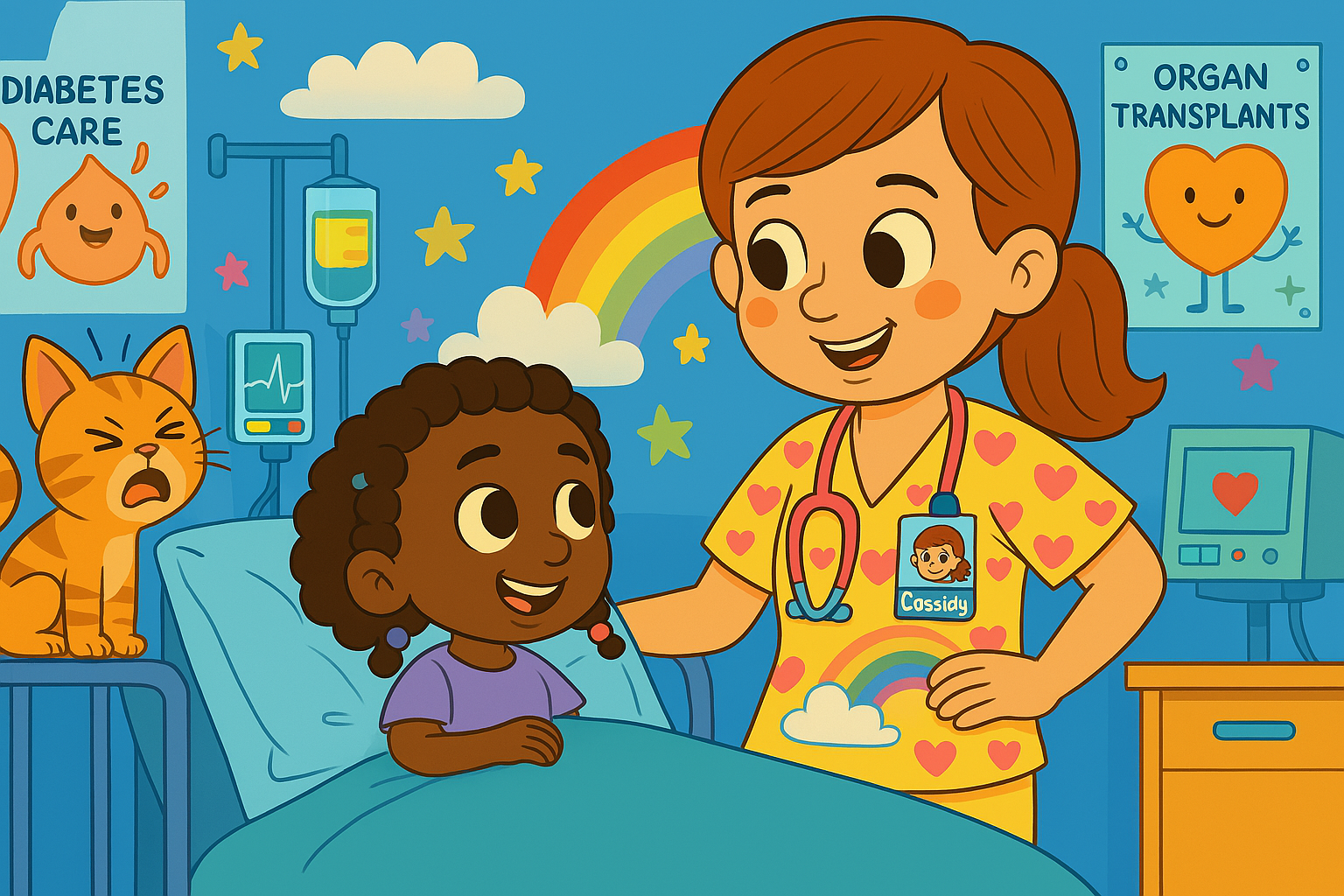Kris Freeman's Triathlon with Dexcom and Omnipod
Hello everyone! This is a guest post (sorta) from former Olympic Cross Country skier Kris Freeman. Actually, this wasn't written for Arden's Day - it's from Kris's Facebook page and I am posting it here with his permission. We talk on the Juicebox Podcast all of the time about how I use Arden's Dexcom data to make small adjustments to her insulin with settings that are available on her Omnipod. When I saw Kris's post I thought, "this is the next level of those ideas" and I wanted to share his process with you. Please visit Kris on FB or his blog, he's also been featured on Arden's Day a number of times and been a guest on the podcast twice. -- #BoldWithInsulin
Yesterday I competed in and won the Sea to Summit triathlon. The race traditionally starts with a 1.5 mile swim in the Salmon Falls river, continues with a 92 mile bike ride to the WildCat MT ski area parking lot, and finishes with a run up the Tuckerman Ravine trail to the Summit of MT Washington.
Unfortunately due to the heavy rains NH has had over the previous week, a lot of fecal matter has ended up in our waterways and the bacteria level in the river was above the safety limit. The swim was canceled and the event became a biathlon.
The swim would have taken approximately 40 minutes so I had to change my insulin dosing strategy to accommodate the slightly shorter race. My glycogen stores were topped off so I was running a 24/7 basal rate of 1.0 units per hour on my Omnipod. To cover race nerves, readily available glycogen stores and carb/calorie intake I settled on the following protocol.
Hour 1 = 1.0 units per hour
Hour 2 = .7 units per hour
Hour 3 = .3 units per hour
Hour 4 = .3 units per hour
Hour 5 = .3 units per hour
Hour 5-5.5 = .3 units per hour
Hour 5.5- to finish = off
It is very difficult to estimate how much insulin I will need in an event this long. I have to guess how insulin sensitive my body will become from prolonged exertion as well as how many calories I will need to fuel myself. The program that I used yesterday ended up being a little too aggressive and I had to force feed myself at the end of the race. On the bike I drank 60 ounces of Gatorade, 20 ounces of custom Cola/Coffee mix, and 24 ounces of RedBull. I had planned to take in solid food but I was sweating buckets and my stomach was not calling for it.
The bike took me four hours and ten minutes and my glucose was 116 at the transition to running. I drank another 16 ounces of Gatorade during the first 40 minutes of the hike. At this point my glucose was 117. I decided to pull off the Omnipod that was delivering .25 units per hour as I did not want to have to overfeed to get to the top of the mountain. I was wearing two pods and the other one was delivering the minimum dosage of .05 units per hour.
I ended up having to overfeed anyway. I drank another 16 ounces of Gatorade over the next 20 minutes but my sugar dropped to 80. I had to pull out my emergency flask filled with 5 Untapped Maple syrup gels. The flask contained 105 grams of sugar and I finished it five minutes before winning the race in five hours and forty-four minutes.
Every race is a learning experience. If I could do this race over I would reduce the first hour dosage to .7 units, the second hour to .5 and then I would have run .3 up until 4 hours at which point I would have suspended delivery. The attached picture is a graph of my glucose on a Dexcom during the race. It looks "perfect" but I really would have preferred to not take on over 100 carbs in the last 30 minutes of the race.
Amazon Buys Online Pharmacy
This could have a huge and positive impact on insulin pricing... Watch this space
Amazon could start selling discounted meds to cash payers as soon as the PillPack deal closes
- Amazon bought internet pharmacy start-up PillPack last week for around $1 billion.
- Consumers could get access to prescription meds sooner than you might expect.
- Drug supply chain experts suggest that the company could target the growing niche of people who pay out-of-pocket for their meds.
Now that Amazon has snapped up internet pharmacy PillPack for around $1 billion in cash, how long will it take before consumers can rely on the e-commerce giant for their medicines, as they do for groceries, clothing, books and pretty much everything else?
And what will Amazon's strategy be once the deal closes this year?
CNBC spoke to a half-dozen drug supply chain experts to find out.
It'll happen faster than you think
When Amazon bought Whole Foods, shoppers were able to access discounts the day the deal closed. It all started with a few items, but expanded to a much broader array of groceries.
Some experts believe Amazon will take a similar approach with prescription medicines to show value right off the bat. The companies said the deal would close in the second half of the year, which means it could happen any time.
"Amazon could rename PillPack as 'Amazon Pharmacy,' and start right away," said Talha Sattar, CEO of internet pharmacy start-up Nimble. "The bigger question is about the form that the offering will take."
Amazon could start by targeting those who pay cash for their meds, either for generic drugs or branded drugs with coupons from companies like GoodRx.
“Day 1, Amazon will likely focus on cash purchases of both generic and brand medicines — all they need to do so is [get] a board of pharmacy license in all 50 states, and dispensing capacity," said Jonathan Schwartz, CEO of another internet pharmacy start-up, CareZone.
story reposted from CNBC
Christina Farr| @chrissyfarr
Published 9:25 AM ET Tue, 3 July 2018 Updated 12:31 PM ET Tue, 3 July 2018
That's a chunk of a $450 billion market, or about 6 percent of the U.S. population, which includes the noninsured and those with high-deductible plans. It also doesn't require working with the largest pharmacy benefits managers, like Express Scripts, which are gatekeepers of sorts for those who opt to use their health insurance.
Amazon's biggest rival, Walmart, already offers a service like this. It's essentially a list of generic medicines with a $4 price for 30-day prescriptions — no insurance required. Some experts believe Amazon could do its own version of this quickly, and with even lower prices to attract users away from its competitor.
"A company like Amazon could capture $10 [billion] or $20 billion in revenue by doing that well," said Sattar.
But not a complete offering
Pharmacy experts disagree on whether Amazon will have success forging relationships with pharmacy benefits managers.
An Express Scripts spokesperson said Friday that its agreement with PillPack is expiring in July and that the two companies haven't yet reached an agreement on rates. The company did not say whether a change in ownership would affect the discussions.
Other pharmacy benefits managers might shy away from maintaining an agreement with PillPack if they see it as a threat.
For that reason, it might take some time before the company is able to offer cheaper, in-network prices on prescription medicines.
Stephen Buck, who previously worked at drug distributor McKesson, suspects that it would be more than a year before that happens because he believes Amazon will be slow and deliberate with its rollout. Amazon might pick a small market, like a single state, to pilot the offering before expanding to others. PillPack operates in 49 states.
The ABC factor
Amazon is also a partner with J.P. Morgan and Berkshire Hathaway in a program to fix heath care for their employees.
The PillPack offering might come in handy as the partners look to distribute affordable medicines to their 1.2 million combined workforce. Atul Gawande, the group's recently named CEO, recently spoke about his plans to target waste in the health-care system, including high prices associated with things like administrative costs and prescription medicines.
But it's possible that Amazon will work more quickly on its own. Gawande has made clear that disrupting the health industry could take decades — and Amazon typically works far more quickly than that. "Amazon is not known for doing things slowly," Sattar said.
UPDATED: Dexcom G6 Restart
How to Extend the Dexcom G6 Sensor Beyond the Ten Day Hard Stop...
I’ve used this method multiple times using the code and once without the code, all with success. Original method is below.
Original post below. Updated method above this text.
Reposted with permission from Diabetes Daily's David Edelman.
Some clever technologists have discovered how to restart a Dexcom sensor to extend its life beyond ten days. The process works by exploiting a bug in the sensor pairing process.
Katie DiSimon walked us through the process. Katies is involved in the community of people who are building homemade automated insulin delivery systems using current insulin pumps and continuous glucose meters.
In phone’s Bluetooth list, “forget” the Dexcom transmitter from the list.
Go to G6 app and stop sensor session. Click yes to end it despite all the warnings.
Then choose to start a new session. Choose the “no code” sensor session.
Wait 2 hours and 5 min. If any pairing messages come up for the transmitter during the wait, say no.
After the wait, restart the phone and open G6 app. This will trigger the phone to try to re-pair with the transmitter. Accept the pairing request.
You may need to restart the phone one more time, but then you’ll be greeted with two calibration requests and a new sensor session.
The directions above are for how to restart the sensor without using the receiver. During the restart process’ 2-hour wait, you will not be receiving current glucose readings, similar to any new session start-up process.
If you have the G6 receiver, you have the opportunity to use the receiver for the restart and continue to still receive current glucose values throughout the 2-hour wait. Here are the instructions in the video below.
You must start and finish the restart process prior to your existing sensor session expiration. Katie recommended setting an alarm on your phone for day #9 of your G6 session, so you can avoid rushing at the last minute. If you do miss the window and your session expires before you restart it, and the ten-day hard stop happens, you can still restart the sensor. This would just mean that you have to first reset the transmitter.
Instructions for all the options can be found on this page.
The Caveat to the Hack
The Dexcom G6 has not been tested or approved by the FDA for restarting sensors. There is no guarantee of sensor accuracy. Extend the sensor life only at your own risk.
A previous version of this post was updated to remove incorrect information.
The text is from Diabetes Daily. The art is my doing. I have not tried this process with Arden's G6 and I'm currently not planning on trying. I am sharing the article with confidence as I have never know Diabetes Daily to share inferior content. Let me know if it works!
Omnipod® Horizon™ System Significantly Improves Glycemic Control in Patients with Type 1 Diabetes
Good news for the future from Omnipod!
BILLERICA, Mass.--(BUSINESS WIRE)--Jun. 24, 2018-- Insulet Corporation (NASDAQ:PODD) (Insulet or the Company), the leader in tubeless insulin pump technology with its Omnipod® Insulin Management System (Omnipod System), today announced that positive results from the most recent clinical trial of the Omnipod® Horizon™ Automated Glucose Control System (Omnipod Horizon System) were presented during the American Diabetes Association (ADA) 78th Scientific Sessions in Orlando.
The study demonstrated that the Omnipod Horizon System performed well and was safe for over five days of use in adults, adolescents, and children with type 1 diabetes.
“In the era of personalized medicine, Insulet is committed to bringing our innovative technology to the global diabetes community and our clinical data give us confidence that the Omnipod Horizon System will be a significant advancement in diabetes management.”
The study was conducted in a supervised hotel setting under free-living conditions with unrestricted meals and moderate-intensity exercise and included patients who use multiple daily injections or traditional tubed insulin pumps as their standard therapy. Study participants spent significantly less time in hypoglycemia, more time in the target glucose range and had better overnight glycemic control compared to their standard therapy. The investigational device includes features that allowed study participants to customize their diabetes management by adjusting their target blood glucose levels and insulin delivery.
“We recognize that everyone’s treatment needs are different, and the Omnipod Horizon System provides individualized diabetes management to address real world challenges,” said Dr. Jennifer L. Sherr, MD, PhD, of Yale University School of Medicine. “One of the important features is the ability for users to tailor the system for exercise and high fat meals to maintain good glycemic control.”
During the study, glucose control was maintained in the target range (70 to 180 mg/dL) between 69% and 79% of the time overall, and between 74% and 85% of the time during the overnight period, across all age groups. Hypoglycemia was very low overnight, ranging from 0.7% and 1.3% of the time, across age groups.
“In the era of personalized medicine, Insulet is committed to bringing our innovative technology to the global diabetes community and our clinical data give us confidence that the Omnipod Horizon System will be a significant advancement in diabetes management,” said Dr. Trang Ly, Senior Vice President and Medical Director. “We are very pleased that for the second consecutive year, Omnipod Horizon System research was highlighted in the official ADA Press Program based upon its overall excellence in furthering research and advancing treatment for people with diabetes.”
Sugar Rush
Erin was my guest on episode 170 of the Juicebox Podcast. Check out her episode and her blog, 'Sugar Rush Survivors'.
After my son’s diagnosis in 2013 at the age of 21 months old I did what a lot of parents do when faced with a life altering diagnosis. I searched online for anyone sharing their experiences with type 1 diabetes (T1D). I joined Facebook groups, read blogs and listened to podcasts. One source I found was Arden’s Day by Scott Benner.
A few months ago on one of the T1D Facebook pages I follow I saw a post by a familiar name. Scott asked for input from fellow parents of children with T1D for his Juicebox Podcast. I thanked him for his podcast with Dr. Denise Faustman and offered to talk with him for the podcast. We connected on Skype and recorded an episode titled, 'Just another Tuesday with Type 1 Diabetes'.
I have experienced the instant bond among T1D parents many times now and it just never gets old. Being able to look another person in the eyes, knowing that they understand the triumphs and fears of this daily life is incredibly reassuring. To hear compassion in another person’s voice in answer to my questions and frustrations makes it easier to continue with the hundreds of decisions I make to keep my son’s blood sugar in range as much as I possibly can.
Scott has brought that compassion and understanding to listeners all over the world and is continuing to make the diabetic online community (DOC) a landing pad of understanding and education. When we spoke for the podcast he encouraged me to lower my son’s Dexcom high alert from 170 to 130. I had been nervous to lower it prior to talking to him but I tried it. It has helped us keep his blood sugar in range by alerting us of rising blood sugar so we can act on it sooner than we had previously.
I found another powerful connection when I met my friend and blog partner Alese. When my son was diagnosed a few months shy of his second birthday we were in the hospital for four days of intense education before we were allowed to be discharged. We had so much information crammed into our heads in such a short time but my son was still so young that he couldn’t tell us how he felt with highs, lows, or the in-betweens. When I met Alese I was grateful that she could translate how highs and lows feel for her. But I was shocked and dismayed to find how little information she was given upon diagnosis as an adult.
As we realized how powerful this connection and exchange was for the two of us, we decided we couldn’t keep it to ourselves, and the idea of jointly writing a blog was born. Sugar Rush Survivors is our attempt to share with others what has worked for us, what still frustrates us, and what lifts us up in our daily management of T1D. In addition to the blog page we manage the Sugar Rush Survivors presence on Facebook, Instagram, and Twitter.
I am grateful for the opportunity to speak on Juicebox Podcast and write on Sugar Rush Survivors adding my voice to the many others in the DOC to say, “You are not alone!”
Blog: www.sugarrushsurvivors.com
Facebook: https://m.facebook.com/SugarRushSurvivors/
Instagram: https://www.instagram.com/sugarrushsurvivors/
Twitter: https://mobile.twitter.com/contact_srs


























